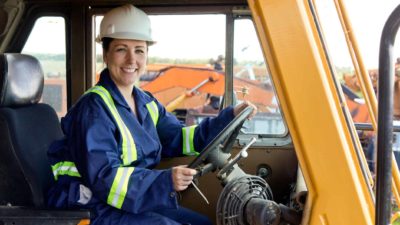The Chalice Mining Ltd (ASX: CHN) share price has taken a real beating in recent sessions.
For example, since this time last week, the mineral exploration company's shares have lost 27% of their value.
This means the Chalice Mining share price has now dropped 56% since hitting a 52-week high of $8.20 in April.
What's going on with the Chalice Mining share price?
Investors have been hitting the sell button in a panic this week in response to the release of its scoping study for the Gonneville Nickel-Copper-PGE Project.
That study reveals that the project has the potential to become a tier one scale operation in a world-class jurisdiction.
So why the selling? Investors appear to have been heading to the exits due to concerns over the length of time it will take until production commences at the project. Management revealed that it expects to start production all the way out in 2029.
Furthermore, its scoping study assumes a long-term nickel price of US$24,000 per tonne, a copper price of US$11,000 per tonne, and a palladium price of US$2,000 a tonne.
Firstly, forecasting long-term commodity prices is notoriously difficult. Secondly, these assumptions are ahead of current prices. For example, the LME nickel price is US$20,631 per tonne, the LME copper price is US$8,448.5 per tonne, and the palladium price is approximately US$1,200.
The market appears to believe management has been too optimistic with its assumptions. Though, they are provided by analysts at AME Group.
Is this a buying opportunity?
The team at Bell Potter appear to see the weakness in the Chalice Mining share price as a buying opportunity for investors with a higher risk tolerance.
According to a note from this morning, the broker has retained its speculative buy rating with a $7.10 price target. This implies a potential upside of 99% for investors over the next 12 months.
Due to the long operating life of the project, Bell Potter believes that investors should focus on costs rather than commodity prices. So, with its costs expected to be at the low end of the cost curve, it remains positive. It explains:
The salient point here, however, is that the project does not kick off for another 6 years and realistically no-one has any idea what commodity prices will be at that time, or indeed what they will be through the life of the project. With an initial mine life of ~20 years, Gonneville will operate through many price cycles, low and high. Therefore, being at the bottom of the cost curve is what secures returns over a project's lifetime and this is a major strategic attribute of Gonneville. Investment decisions on big CAPEX, multi-generational assets are not made based on spot commodity prices.








